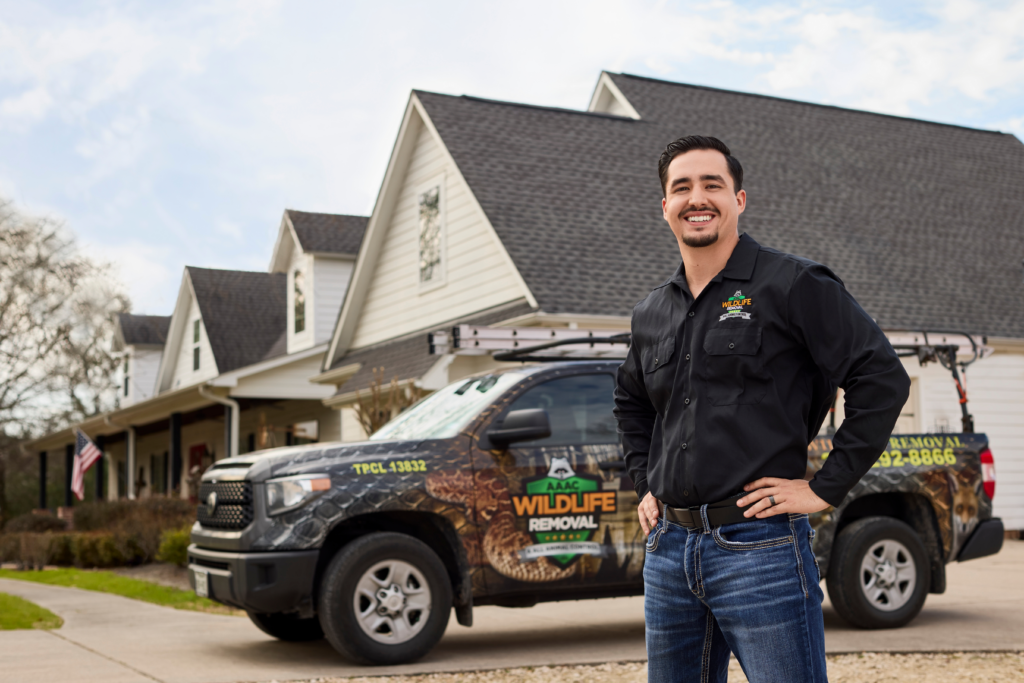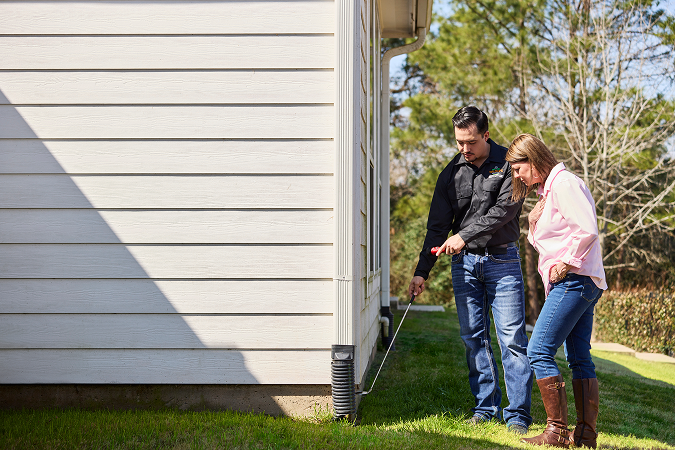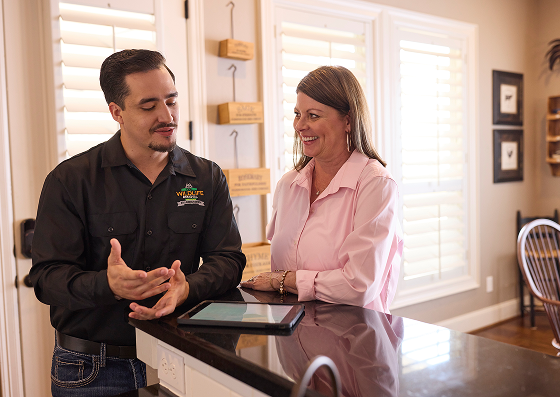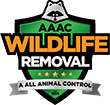How Do You Become a Wildlife Control Professional?
To become a wildlife control professional, you’ll need proper licensing, hands-on training, and a solid understanding of local and federal wildlife laws. Most professionals also gain experience through certified programs or companies like AAAC Wildlife Removal, ensuring safe, ethical, and legal wildlife handling.
At AAAC Wildlife Removal, we know that being a wildlife control professional goes far beyond trapping animals. It’s about protecting homes, managing ecosystems, and following the law. With urban sprawl encroaching on natural habitats, the demand for licensed wildlife experts is climbing fast. If you’re drawn to hands-on work that blends biology, problem-solving, and public service—this guide breaks down exactly how to get started.
What Does a Wildlife Control Professional Do?
Core Responsibilities
Daily tasks include inspecting properties, identifying animal entry points, and safely removing wildlife using humane methods. You’ll also install exclusion barriers, disinfect infested areas, and advise clients on prevention. Documentation is common, especially on commercial or government jobs.
Typical Work Environments
Work settings range from suburban attics and rooftops to farms and warehouses. It’s a physical job requiring mobility, stamina, and comfort in unpredictable environments.
Species Commonly Handled
- Raccoons – Nest in attics, often cause damage
- Squirrels – Chew through insulation and wiring
- Bats – Require special exclusion; legally protected
- Skunks – Live under porches; known for their spray
- Birds – Cause property damage, pose health risks
- Snakes – Found in basements and HVAC systems
- Armadillos & Beavers – Can damage lawns or cause flooding
Learn the difference between animal control vs wildlife control
Step 1 – Meet Basic Eligibility Requirements
To get started, you typically need to be at least 18, legally authorized to work in the U.S., and physically fit. Wildlife control can involve tight crawlspaces, tall ladders, and heavy lifting in the heat or cold.
Background checks are often required, especially if you’ll be working in schools or homes. This ensures trust and compliance when representing a reputable company like AAAC Wildlife Removal.
Step 2 – Understand Local and Federal Regulations

Most states require wildlife control professionals to obtain a license, which often involves passing an exam covering species identification, humane handling techniques, and state wildlife laws. In some cases, continuing education or annual renewal is also mandatory to maintain active status.
On the federal level, regulations like the Migratory Bird Treaty Act and the Endangered Species Act set strict guidelines on how certain animals must be handled. Violating these rules can result in serious legal penalties, so understanding both state and federal requirements is essential before taking on any wildlife-related work.
Step 3 – Get Proper Training and Education
Courses and Certifications
Training from groups like NWCOA or your state wildlife agency covers key topics: trapping, animal behavior, safety, and local regulations. Certifications improve your skillset and credibility.
On-the-Job Experience
Working with a team like AAAC Wildlife Removal gives you hands-on exposure—trap placement, customer service, field safety—that no textbook can teach.
Ongoing Learning
Stay current with legal updates, emerging diseases, and new tools. Even where not required, continuing education helps you maintain compliance and improve service quality. Some wildlife pros pursue a wildlife management degree to strengthen their foundation.
Step 4 – Acquire Tools and Equipment
Wildlife control professionals need a variety of tools to do the job safely and effectively. Basic gear includes humane traps, heavy-duty gloves, sealants, disinfectants, ladders, and headlamps, each item playing a role in both technician safety and humane animal handling.
A reliable truck or van is essential for transporting equipment and animals, while personal protective equipment (PPE) like respirators, coveralls, and eye protection is crucial for health and legal compliance. As your skills grow, investing in advanced tools such as bat excluders, thermal imaging cameras, and ozone machines can help you offer more specialized services and stand out in a competitive field.
Step 5 – Obtain Business Credentials (If Self-Employed)

If you’re planning to run your own wildlife control business, a proven recession proof endeavor, the first step is setting up the proper legal and administrative foundation. This includes choosing a business structure, such as a sole proprietorship or LLC—registering locally, and obtaining any necessary licenses or permits, including sales tax or wildlife handling permits where applicable.
Insurance is also non-negotiable; at minimum, general liability and workers’ compensation coverage are essential, especially since many clients won’t consider hiring you without proof. To present yourself professionally, set up a dedicated phone line, brand your vehicle, and build a simple, mobile-friendly website.
Using field service software can also help streamline scheduling, invoicing, and customer follow-ups to keep your operations running smoothly.
Step 6 – Join Professional Associations
Joining a professional association is a smart move for any wildlife control operator looking to grow in the field. The National Wildlife Control Operators Association (NWCOA) offers valuable resources including training programs, industry events, legal updates, and a nationwide network of professionals.

Membership signals to both clients and regulators that you adhere to ethical and professional standards. On the state level, regional associations provide localized training, licensing advantages, and access to helpful tools like legal templates and permit alerts.
Being part of these groups builds trust, improves your credibility, and keeps you informed—benefits that can lead to more referrals and greater opportunities, including with respected companies like AAAC Wildlife Removal.
Conclusion
Becoming a wildlife control professional is a step-by-step path that combines technical know-how, legal awareness, and humane responsibility. Whether you join a respected company like AAAC Wildlife Removal or launch your own operation, the industry offers real opportunities for growth, leadership, and impact especially for veterans. With the right training, tools, and credentials, you’ll be ready to help communities, protect homes, and thrive in one of today’s most essential service fields.
